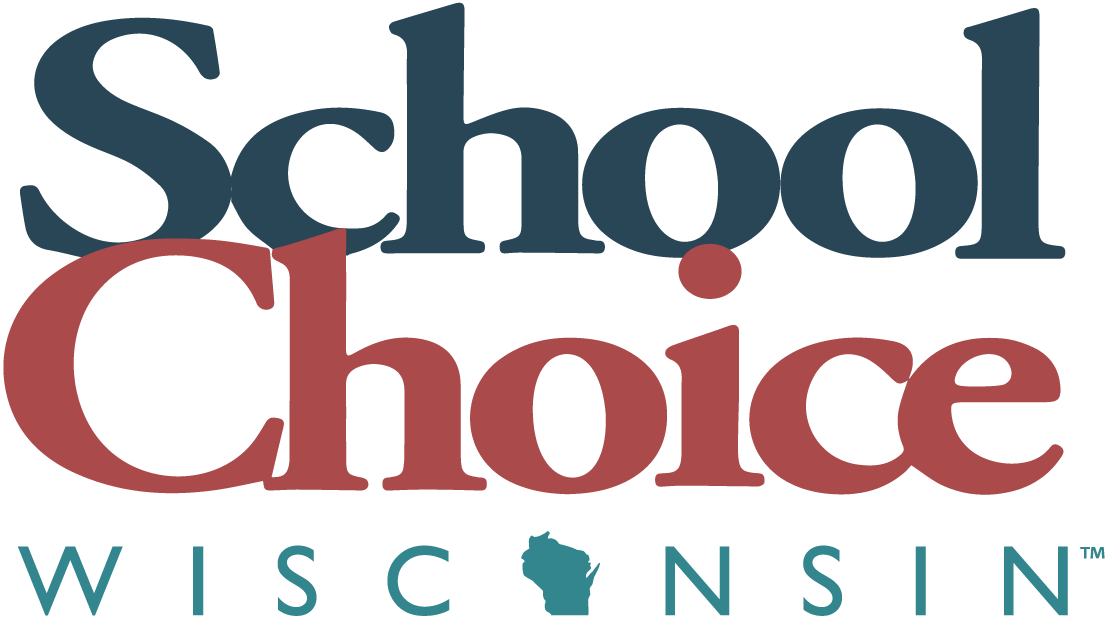Parent Choice in Wisconsin
Parent Choice in Wisconsin
Wisconsin is a Pioneer in Education Reform
Overview
The Milwaukee Parental Choice Program, enacted in 1990, was the nation’s first to allow low-income parents to choose private schools. Its 1995 expansion allowed parents to choose religious schools. Today, Wisconsin has four private school choice programs, a charter program, and an open enrollment program allowing transfers to non-resident districts. Positive results bear out the value of parental freedom. Those results come despite the fact that each program faces limits that constrain a true test of the power of giving parents control of their children’s education.
What Began in Wisconsin has Gone National
Today there are 76 parent choice programs in 32 states, plus the District of Columbia and Puerto Rico, that serve 1.4 million children. The pandemic is fueling explosive growth. The Wisconsin gains were hard won. Key to success was a coalition of parents who wanted their children to succeed, business leaders who needed educated workers, and religious and community leaders seeking a stronger city. It was a coalition of strange bedfellows that crossed political, socio-economic, religious, racial, and ethnic lines. The opposition was fierce. In the 1990s the coalition faced regulatory and legislative assaults and withstood multiple court challenges. The victories helped pave the way for a 2002 U.S. Supreme Court win. We are grateful to the elected officials, generous philanthropists, and the many friends and advocates who are responsible for this progress. We salute the leaders in other states who have made such remarkable gains.
43% Milwaukee students who now use options previously unavailablePeer-reviewed research shows that participating Milwaukee students are more likely to graduate from high school, more likely to seek post-secondary education, and less likely to commit crime. |
17% Wisconsin students who now use options previously unavailableDuring the last decade, the number of programs has quadrupled, the number of participating schools has tripled and the number of students has doubled. |
97% Better test resultsOn state tests of academic proficiency, there are 30 ways to compare public and voucher students. The most recent results show that voucher students outperformed low-income public school students on 29 of 30 measures. |
School Choice Wisconsin Goals
- Allow all families to choose private schools, just as they can choose charter schools, participate in the special needs program or take advantage of open enrollment.
- Simplify and strengthen the Milwaukee, Racine, and statewide programs by creating a single, robust statewide program.
- Remove barriers to access to all forms of choice, such as public school district power to block parents from enrolling in virtual charter schools.
- Reduce excessive regulation that leaves parents and schools terrified that they will make a mistake that costs them participation in the program.
- Show that all students have value by eliminating the funding disparity among private, charter, and traditional public schools.
- Make school choice a valued asset in Wisconsin communities.
Milestones
1990
Polly Williams introduces and Gov. Tommy Thompson signs the original Milwaukee program.
1992
The Wisconsin Supreme Court upholds the original program.
1995
The Milwaukee program expands to include religious schools.
1997
The coalition successfully advocates for independent charter schools.
1997
The Open Enrollment Program is enacted, allowing students to transfer to non-resident school districts.
1998
The Wisconsin Supreme Court upholds the expanded Milwaukee program.
2002
Drawing on the Wisconsin ruling, the US Supreme Court upholds the Cleveland program.
2006
School Choice Wisconsin and allies defeat a crippling enrollment cap on the Milwaukee program.
2011
The Racine program is enacted.
2013
The statewide program is enacted and strengthened in 2015.
2015
The special needs program is enacted.
2019
SCW and key allies beat back destructive state and local mandates.
Three Decades of Progress
- Thanks to historic gains beginning in the 1990s, 43% of Milwaukee students use options previously unavailable.
- Statewide, 17% of students use new options.
- During the last decade, the number of programs has quadrupled, the number of participating schools has tripled and the number of students has doubled.
- Private schools receive a fraction of the funds provided to Milwaukee Public Schools (MPS). Charter schools receive slightly more than voucher schools. Despite the funding gap, the choice and charter programs enroll the substantial majority of Milwaukee students in schools rated highest by the state: 27,731 compared to 13,210.
- Peer-reviewed research shows that participating Milwaukee students are more likely to graduate from high school, more likely to seek post-secondary education, in safer schools, and less likely to commit crime.
- On state tests of academic proficiency, there are 30 ways to compare public and voucher students. The most recent results show that voucher students outperformed low-income public school students on 29 of 30 measures. More notably, they outperformed all public students on 24 of 30 measures.
- Sources for data in this page
What Lies Ahead
Challenges remain. Limits on eligibility, inequitable funding, and heavy-handed regulation are barriers to better results. Special interests continue to back elected officials who seek to scuttle or hamstring the programs.
Significant opportunities more than offset these challenges. The pandemic has awakened Wisconsin parents to the value of educational freedom. The prospect of a more favorable political climate opens doors to real progress in the years ahead.
School Choice Wisconsin is ready to work with allies to seize the day.
 Skip to content
Skip to content